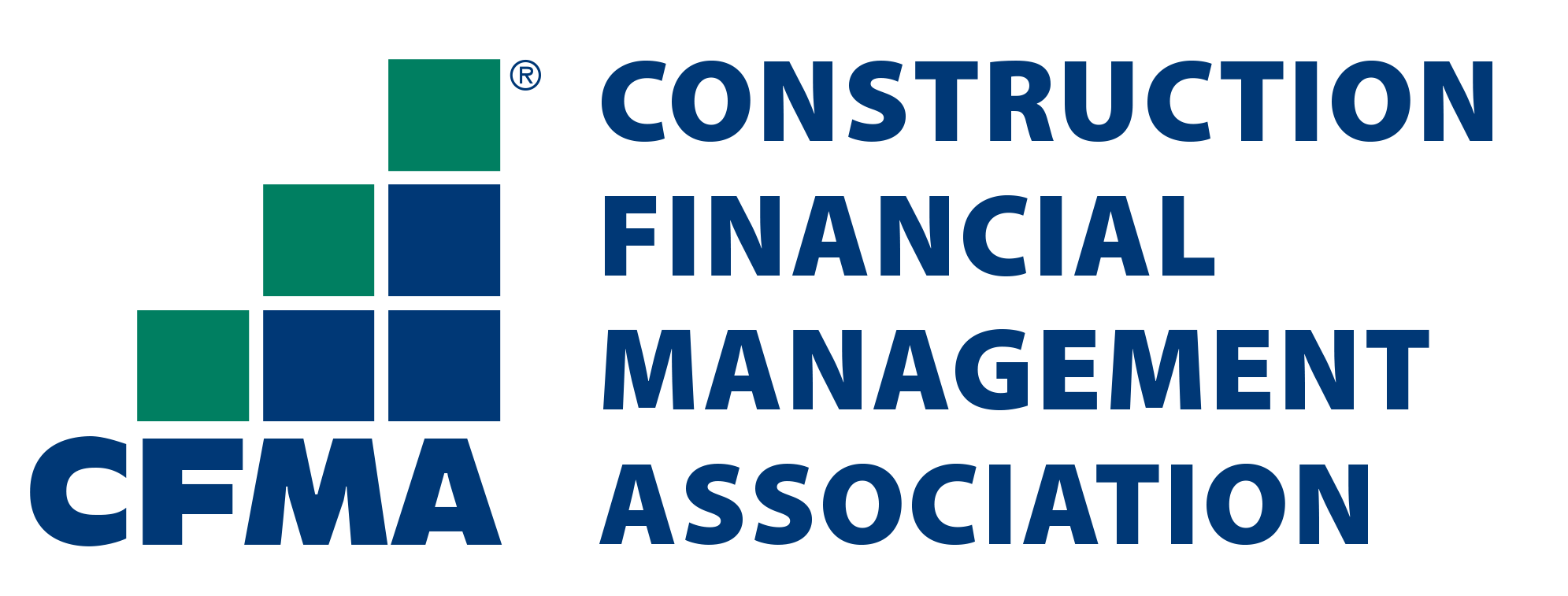
Key Real Estate Financial Ratios
- February 9, 2022
- admin@ohi

Though quite lucrative, real estate investments require prior planning and a thorough understanding of the real estate financial ratios. The ratios are used to analyze investments and determine their rate of return, cash flow, and profitability.
Since real estate is considered to be a safe investment, investors find it very appealing. This is why ratios for financial analysis are needed. Investors, property dealers and other stakeholders take these ratios into heavy consideration before furthering any investment or agreement. Let us see the financial ratios for real estate companies that can help in accurate data generation.
Financial analysis of real estate companies helps in understanding and assessing economic trends, establishing financial policy, creating long-term business goals, and selecting projects or firms for real estate investment.
Financial ratios for real estate companies are devised using Mathematical methods, which are highly essential in financing. They are accurate and reliable, which makes the best metric of evaluation. Other important factors are:
The ratios provide a proportional metric. This helps in quantifying the potential profitability of the property as well as the liabilities. These real estate investing ratios are the most crucial factors to determine the objectivity of any evaluation. Hence, the investors can make the deals fully aware of the future consequences.
Anyone in the field of commerce would know the potential data has. The data is useful for long-term planning and short-term planning regarding the property.
The financial ratios for real estate companies help in making a less erroneous estimation of the values. Naturally, future insights and predictions become more accurate as well.
Financial analysis of real estate companies becomes smoother through the data. The owners can know the current cash flow and the debts too. Additionally, they can assess the weakness and strengths of the property.
The future goals can be defined more realistically with the data.
Current market standards determine market value. As such, the current capitalization rate accepted by investors for similar properties determines a property’s market value.
Therefore, if similar properties sell at a 5% capitalization rate and a net operating income of $20,000, the resulting market value would be $400,000.
Economic value can be more or less than a property’s market value. Economic value is used to determine an investment’s value based on its net operating income and capitalization rate that would attract specific investment capital to a real estate project.
If a property’s net operating income is $20,000 and the investor’s capitalization rate is 5%, the property’s economic value would be $300,000. This means that the investor should not invest more than $300,000 to achieve their preferred capitalization rate of 5%.
As the name implies, operating expense ratio determines the gross annual operating income that is spent under annual operating expenses.
If a property generates an annual gross operating income of $60,000 and has an annual operating expense of $30,000, its operating expense ratio would be 50%. This means that the annual expenses that must be met to keep the property in service stand at 50% of the total annual income.
Net income multiplier determines the amount to be paid for every $1 of the annual net operating income generated by the property.
If a property’s market value is $400,000 and its net operating income is $20,000, its net income multiplier would be 20, meaning that, $20 would be paid for every $1 of generated net operating income if the property was to be sold at the current market-driven value.
The Break-Even ratio determines the percentage of gross operating income that will be spent on operating expenses and debt services. It is mainly used by lenders to establish whether a property is likely to default on its debt should the annual rental income reduce. This helps in determining if the rental property investment will yield a good rate of interest (ROI) or not.
Debt coverage ratio determines the amount of net operating income that is used to service debt.
A debt coverage ratio of more than 1.0 indicates that there will be enough net income after paying the mortgage while a ratio of less than 1.0 indicates that the property’s income may not be sufficient to service a mortgage.
It is the total output of the property.
It is calculated by dividing the whole year’s rent by the total expenditure on the property. The quotient is then multiplied by 100 to form a percentage. In other words, it is the ratio of the rent collected to the real estate investing.
It is obtained when the difference between the net operating service or the NOI and debt service is calculated. It is important to evaluate the income metric for the property.
The importance of data collection and analysis is well established. Tracking progress or reasons for the collapse of a business becomes easier with data. Similar is the case with real estate financial metrics. Real estate financial ratios are applicable and helpful if you have a baseline that determines whether a property is an ideal investment for you. Thus, having them audited by a reliable and experienced professional is important. Financial analysis of real estate companies helps significantly by providing Real-Time Analyses, Optimizing Financial Performance and Compliance, Cash flow management, and better debt management.
Learn More About Our Services for Real Estate Investors: Call us at 1-646-367-8976, Email at sales@outsourcinghubindia.com – CONTACT US
Contact us for a customized NO OBLIGATION proposal for outsourcing your accounting activities.









